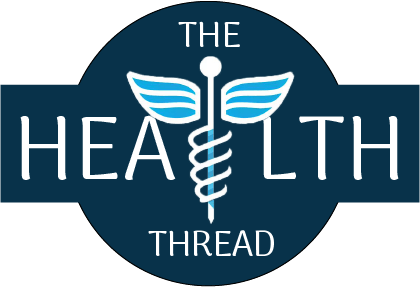Introduction:
Blockchain technology, originally developed for secure digital transactions in the realm of cryptocurrencies, has emerged as a transformative force across various industries. In recent years, the healthcare sector has recognized the potential of blockchain to revolutionize data management, security, interoperability, and patient-centered care. This article explores the uses and effectiveness of blockchain in healthcare, shedding light on its potential to reshape the industry.
Enhanced Data Security and Privacy:
Blockchain’s distributed ledger system offers enhanced data security and privacy, making it an ideal solution for healthcare. By decentralizing data storage and encrypting transactions, blockchain ensures the integrity, confidentiality, and immutability of healthcare records. It mitigates the risk of data breaches and unauthorized access, enabling patients to have greater control over their personal health information.
A study published in the Journal of Medical Internet Research highlighted blockchain’s potential in preserving the privacy of patients’ sensitive data. It demonstrated how blockchain-based systems can improve security, confidentiality, and data sharing in healthcare (1).
Streamlined Interoperability and Data Exchange:
Interoperability, the seamless exchange of healthcare data across different systems, has long been a challenge in the industry. Blockchain technology provides a decentralized, standardized platform for securely sharing and exchanging healthcare data among different stakeholders, including healthcare providers, researchers, and patients.
Research conducted by the Massachusetts Institute of Technology (MIT) explored blockchain’s role in healthcare data exchange. The study proposed a blockchainbased architecture that enables secure, real-time data sharing and access control across multiple healthcare providers, leading to improved care coordination and interoperability (2).
Efficient Supply Chain Management:
Blockchain technology offers significant potential in optimizing supply chain management in healthcare. It enables end-to-end traceability of pharmaceuticals, medical devices, and healthcare supplies, ensuring transparency, authenticity, and quality control throughout the supply chain. By eliminating counterfeit products and enhancing inventory management, blockchain reduces the risk of medication errors and improves patient safety.
A pilot project conducted by Chronicled and The LinkLab demonstrated the effectiveness of blockchain in supply chain management. The project utilized blockchain to track and verify the origin, authenticity, and movement of medical devices and supplies, resulting in increased efficiency, reduced costs, and improved patient safety (3).
Secure and Efficient Clinical Trials:
Clinical trials are vital for advancing medical research and developing new treatments. However, the process is often burdened by complex data management, lack of transparency, and data integrity issues. Blockchain technology can address these challenges by providing a secure, decentralized platform for managing and verifying clinical trial data.
A study published in the Journal of Clinical Oncology demonstrated the potential of blockchain in improving the efficiency and integrity of clinical trials. The research highlighted how blockchain can enhance patient consent management, data sharing, and auditing processes, ultimately streamlining the research process and accelerating medical breakthroughs (4).
Empowering Patients with Ownership of Health Data:
Traditionally, patients have limited control over their health data, resulting in fragmented records and limited access. Blockchain technology empowers patients by giving them ownership and control over their health data. Through blockchainbased platforms, patients can securely manage and share their medical records, enabling seamless healthcare experiences, second opinions, and improved care coordination.
One example is MedRec, a blockchain-based electronic medical record (EMR) system developed by researchers at MIT. MedRec allows patients to control their medical data, granting access to healthcare providers when needed while maintaining privacy and security (5).
Conclusion:
Blockchain technology has the potential to revolutionize healthcare by enhancing data security and privacy, streamlining interoperability and data exchange, optimizing supply chain management, and empowering patients with ownership of their health data. The studies and pilot projects mentioned demonstrate the effectiveness and potential of blockchain in improving various aspects of healthcare. As the technology continues to evolve, it is expected to further transform the healthcare industry, leading to improved patient care, data management, and collaboration among healthcare stakeholders.


